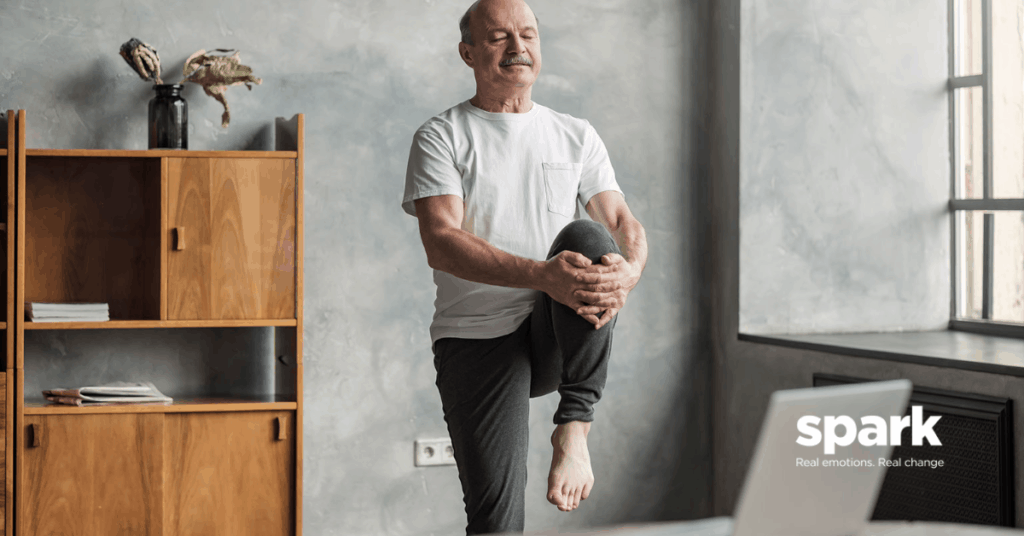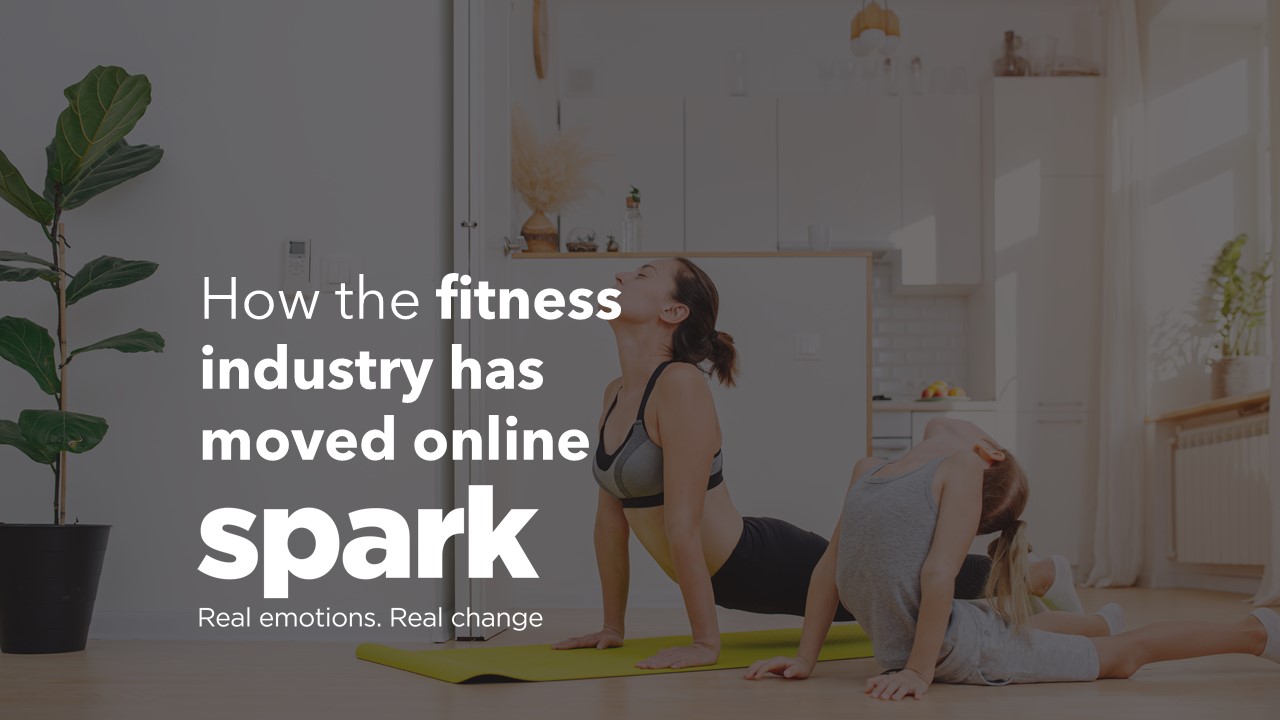Ever since the pandemic, there has been a mass shift of the fitness industry moving online. When Boris Johnson announced a lockdown of the UK’s 67 million people on 26th March 2020, fitness and health businesses had to pivot quickly to offer virtual online classes, recorded video sessions and one-to-one online coaching. We wanted to explain how the fitness industry has moved online
Lockdown was a key driver for how the fitness industry has moved online
Since the start of the lockdown, Google search data has seen searches for “home workouts” and “full-body home workouts” more than doubled.
Due to the earlier non-essential business closures, people stopped visiting leisure facilities, so the typical revenue streams were absent for the fitness industry. Although gyms and many other leisure facilities have since reopened, a report released by YouGov indicated that only 27% of Britons felt comfortable returning to the gym.
Research conducted by Spark Emotions reported that since they reopened, only 4% of the UK population have visited an indoor gym and 2% have visited an indoor swimming pool. 6% have used an outdoor sports or team sport facility.

Fitness brands have had to evolve
People are now heavily reliant on technology to access a range of products and services. Brands are forced to think strategically and develop innovative ways to engage with consumers in a climate where they can no longer connect in the usual ways.
As adults are spending more time at home, fitness brands are taking advantage of this opportunity to strengthen their relationship with existing users and encouraging new users to stay fit and healthy by the fitness industry moving online
How Nike has accelerated its online offer
Despite shutting thousands of stores across the world, sportswear brand Nike has seen online sales rise by more than 30% in China. The biggest shift they made was to connect with their consumers digitally to support their physical and mental well-being. The company invested significantly in its website and apps (e.g. SNKRS) to drive engagement, demand and online sales.
Nike reduced the subscription fee for its NTC Premium service (including Nike App, Nike Running Club, Nike Training Club, Trained podcast etc). NTC Premium service provides livestream workout videos, training programs and expert tips from qualified trainers.
The strong engagement of consumers with the activity apps translated to strong engagement with the Nike commerce app. This in turn drove shoppers to purchase new workout gear and fitness equipment, boosting digital sales by more than 30%.
Nike has reached new consumers, through showcasing content and making it freely accessible and reinforcing positive brand associations in consumers.

Fitbit has encouraged more users to it’s platform
Fitbit offered 90-day free trials of the Fitbit Premium and Fitbit coach service, which includes over 150 workouts that can be streamed via phone or computer. Fiit is another app which combines the studio experience with a home workout that has flourished during the crisis.
Other examples include, UK health club chains David Lloyd, PureGym and Virgin Active who provided workout videos via their mobile apps and social media platforms such as Instagram. Nuffield Health offered workouts via its wellbeing app and YouTube channel.
Human connection is crucial
These businesses evidence that amidst these unprecedented times, where consumers are cutting back their spending on discretionary items there are still ways to stay connected. Focusing on building that ‘human connection’ should be pivotal for businesses in this climate. COVID-19 has certainly encouraged consumers to engage digitally and it may be that e-commerce could offset losses that are faced by businesses as a result of diminishing physical engagement.
At Spark Emotions, we specialise in getting to a deep understanding of why people behave as they do. We have a number of online research methods that we tailor to help our clients understand how their users engage with their website on an emotional level. If you would like to know more, fill in our contact form and one of the team will be in touch





